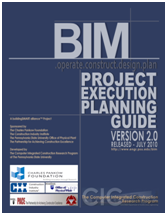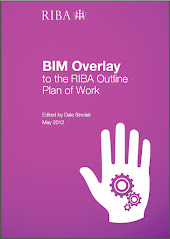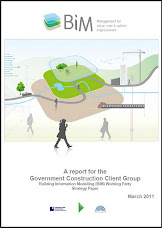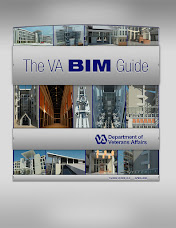 After what feels like and is months of waiting, I finally have access to Revit 2010!
After what feels like and is months of waiting, I finally have access to Revit 2010!The company I work for have finally installed Revit 2010 on the network and booked formal training…… “yippee”
As soon as I discovered about the new ribbon and the change in user interface, I lost interest in playing with the trial version of Revit 2009 at home and wanted to wait until I could get my hands on 2010.
I knew I would be able to use a fully working copy. You can’t save your work with the trial version after 30 days, you can you can only go so far with learning on a trial version that can’t save what you have created.
After being set up with right to the subscription centre I harvested all the software and supporting material so our IT guy could install on the network as we have purchased four licences.
Not naming names but, the reseller who supplied our company sent 2009 boxes and we are still awaiting a boxed set of software for RST2010. In the mean time I have spoken to one of the older more established UK resellers that I’ve dealt with in the past who have very kindly sent me a trial box and software. You may have seen my posting about the getting started manual not being supplied in the box.
So the first thing I did was download the RST 2010 Tutorials (metric version) off the Autodesk web site
My objective is to play with Revit in advance of the course so that I can make sure I get answers to questions that have cropped up during my pre course play time and thus get the maximum out of the training.
In a discussion "Making the transition to REVIT" on the 2D and or 3D Top CAD Experts Group on Linked-In it’s been muted that Autodesk suggests the best way forward is
1. Self exploration in the program
2. Class room training
3. Establish standards/templates
4. Pilot Job (w/consultant if needed)
5. Refine standards/templates
Which I was very happy to see as this was the logical conclusion I had come too and is my approach to making the transition to Revit.
Looking at step 1. ~ It still begs the question “Why take the getting started manual out of the trial pack” ….. back to the plot…
I started working my way through the tutorials, but was itching to start modelling something real. I’m currently working on a few housing schemes and one is so none rectilinear that it begs attempting in Revit 2010. (there’s nothing like jumping in at the deep end)

I loaded the AutoCAD drawing and traced the layout, and made the piles short at the moment as normally in AutoCAD you would only show the tops and have a break (Ummm can this be done in Revit? note to self, must ask when on the training course)
I placed grid line along the centre of all the beams and turned off the bubbles both ends on those that I only wanted centre lines shown on.
For some reason there were occasions where intersections of grid line not at right angles to one another were not found when placing the columns (piles) (Check this when on the training course)
 What I did not appreciate at the beginning was that the grid lines would not show because the elevation was not perpendicular to the grid lines, and I drew this layout a couple of times trying to find out what I was doing wrong, until my query was answered on AUGI forum (what a great resource for peer to peer support).
What I did not appreciate at the beginning was that the grid lines would not show because the elevation was not perpendicular to the grid lines, and I drew this layout a couple of times trying to find out what I was doing wrong, until my query was answered on AUGI forum (what a great resource for peer to peer support).Next Learning Curve posting will deal with the problems I found with the shape of the beams on plan and walls and floors …..
.









































No comments:
Post a Comment